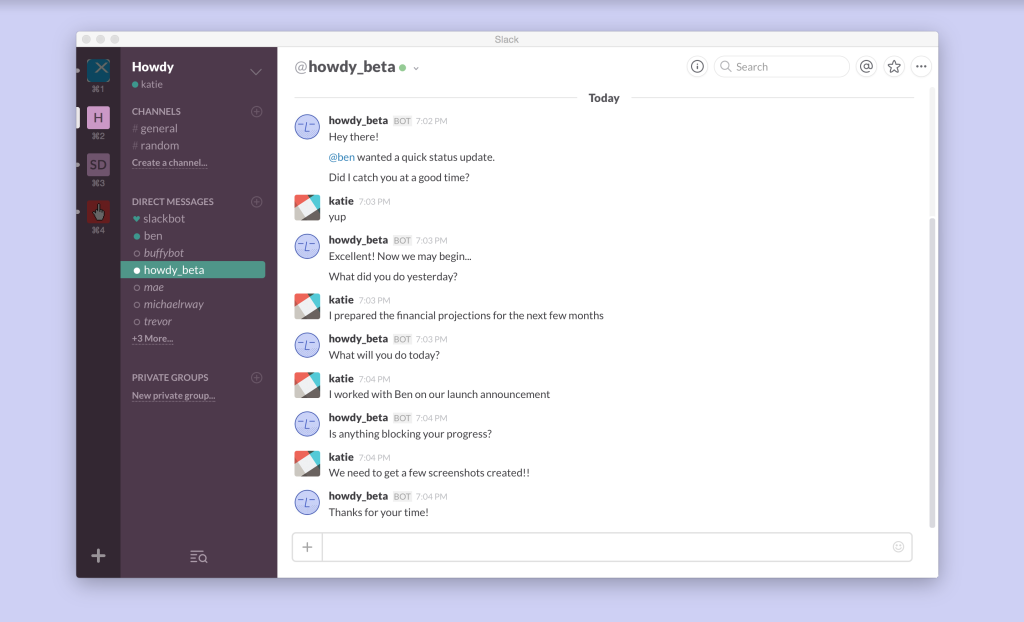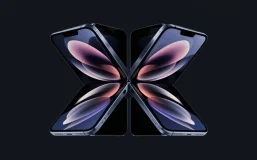After months of leaked images and videos, Google‘s latest flagship Android smartphones, Pixel 3 and Pixel 3 XL, have finally been unveiled. Google formally showed off the new phones at its annual Made By Google event in New York on Tuesday, alongside the Pixel Slate and Google Home Hub.
Google Pixel 3 and Pixel 3 XL: First look
Heavily focused on the camera, security and artificial intelligence, the latest Google flagships are more than just a handful to any smartphone in the current market. Powered by Qualcomm Snapdragon 845, both the devices come with 4GB RAM, Bluetooth 5.0, dual front-facing stereo speakers, and 3 mics. The devices will ship with Android 9 Pie and Google’s digital wellness features out of the box.
Slimmer bezels mean the devices now feature bigger screens than their predecessors, despite being similar sized. The regular Pixel 3 has a 5.5-inch FHD+ flexible OLED display, while the bigger one sports a 6.3-inch QHD+ OLED display with a notch. The screens come with Corning Gorilla Glass 5 protection and Always-On-Display features.
Going against the industry trend, Google has stuck with a single rear camera of 12.2 MP on both phones. However, the company has placed dual 8 MP wide-angle and telephoto cameras at front. Google has also added new software features and AI enhancements to bolster the camera performance. The Top Shot feature, for instance, will automatically wipe-out the pictures that are blurry or snaps where someone blinked, and keep the best ones from a series of shots. There’s a Photobooth which automatically captures selfies when you smile or “make a funny face.” The Night Shot mode promises better low-light performance, Super Res Zoom is claimed to deliver a sharper final photo even without optical zoom.
There’s a 2915 mAH battery inside which supports 18 W fast charging via USB Type-C port and for the first time, wireless charging at up to 10 W. Google has also introduced its own wireless charging stand called the Pixel Stand as an optional accessory.
Artificial intelligence and Titan security
The latest Google flagships come with the company’s greatest weapon: artificial intelligence. From cameras to charging to calls, Google has integrated AI heavily in the phone. It’s a phone that can answer itself. Yes, when you get a phone call, and you can’t or don’t want to answer it, just tap the Screen Call button and the phone will answer itself. It’ll ask who’s calling and why. Furthermore, the conversation will be transcribed in your phone screen in real-time. Better yet, the Screen Call feature is coming to the entire Pixel family in November.
The Pixel Stand wireless charger can charge your phone super fast even through cases. But that’s not it. When you dock your phone on it, the UI will adjust itself and will be easily glanceable from across the room. Integrated AI means the phone screen is voice-controllable and will show a tailored feed from Google Assistant.
Pixel 3 comes with Titan Security for on-device protection of “login credentials, disk encryption, app data, and the integrity of the operating system.”
Price and availability
The Google Pixel 3 is priced at $799 for 64GB, while the 64GB Pixel 3 XL costs $899. For the 128GB storage option, you’ll have to shell out a further $100 on either of the phones. The Pixel Stand is sold separately for $79.
The phones come in three colors with cheeky names: Just Black, Clearly White and Not Pink. They have glass backs with matte and glossy textures in two-tone backing.
The latest Pixel smartphones are already up for pre-order, with Google promising to start shipping on October 18. Verizon remains the exclusive carrier partner in the US. Unlocked versions can be purchased directly from the Google Store, or through the company’s Project Fi. Starting November 1, the devices will be available in 12 more markets including UK, India, and France.

















